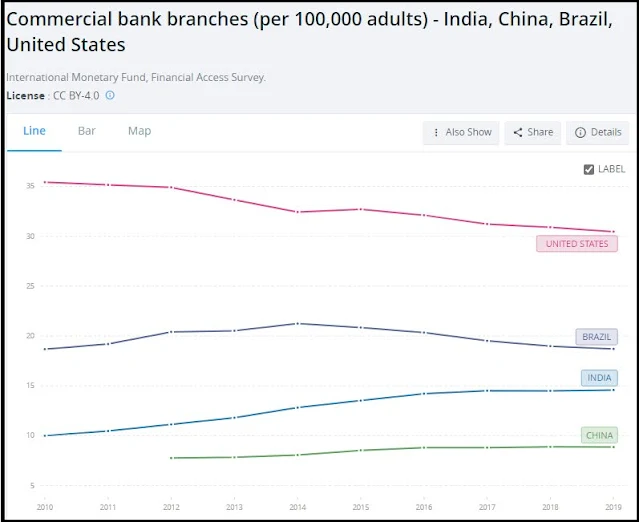Over ten years and countless reflections, the third part of "Why Government Schemes Fail?" explores why government schemes often fail at the grassroots level. The first and second of "Why Government Schemes Fail" can be accessed.
Government schemes are essential tools aimed at uplifting vulnerable populations and promoting inclusive growth. Yet, many schemes fall short of their intended outcomes due to a complex mixture of design flaws, governance shortcomings, and operational inefficiencies. Good policy, like good literature, takes personal lived experience as its starting point.
Let me start with Scheme Design: The Blueprint for Success or Failure. Policy design is inseparable from governance outcomes. Schemes structured with complex rules, poor monitoring, unclear eligibility criteria, or ambiguous grievance mechanisms open doors to inefficiencies and corruption. Government schemes often lack transparency while in the design. Greater openness and participation before launching schemes can ensure better planning and public trust.
Bringing together insights from practical experience, internet research, and foundational economic policy thought leaders like Vijay L. Kelkar and Ajay Shah, please find some insights:
1. Leakage (Inclusion Errors): When benefits reach ineligible individuals, wasting scarce resources and weakening political support for programs. Governments often focus on reducing leakages because they represent immediate financial losses and corruption.
2. Exclusion Errors: When eligible individuals remain unserved due to bureaucratic failures and lack of social awareness which hurts the very citizens these schemes intend to help.
3. Poor state capacity means that government institutions struggle to properly plan, carry out, and track policies. Indian states face challenges like excessive power in hand of the few skilled bureaucrats, lack of technical staff, and very poor institutional memory.
4. Many poorly paid ad hoc staff and officials juggling multiple tasks reduce the overall effectiveness of government. Additionally, frontline workers are often overworked with high workloads, which strains their ability to perform efficiently and weaken government service delivery.
6. Weak incentives for better work hinder efficient government service delivery. Issues like poor monitoring of vendors and delays in payments reduce motivation for timely and quality performance.
7. Poor public procurement procedures in the government add to inefficiencies and reduce accountability. Complex, inconsistent, and bureaucratic procurement rules limit competition, cause delays, and enable corruption through practices like favoritism, bid-rigging, and limited vendor participation.
8. Elite capture of public policy and bureaucratic dominance in decision-making lead to the control of resources and benefits to serve their own interests. Powerful local elites often sideline the poor, which fosters corruption. The corrupt money is then transferred back to the elites and bureaucrats, perpetuating the cycle.
9. Insufficient integration across government departments leads to siloed implementation. Schemes are often designed for the convenience of departments rather than focusing on the needs of the users.
10. Schemes do not operate in an apolitical vacuum. Political incentives often favor launching high-visibility programs over investing in challenging, long-term institutional strengthening.
11. Especially, there is an 'ABCD' culture from top to bottom in rights-based services—A stands for Avoid, B for Bypass, C for Confuse, and D for Delay.
No amount of sensitization can hope to overcome resistance from vested interests. be it of a financial, power, or political nature. The government scheme is doomed to fail but those who have designed the scheme will not be made to own the responsibility for its failures. In conclusion, it is important to approach case studies based on "success stories" with caution, as they often emphasize positive outcomes while overlooking challenges. There is a lot of talk about an ‘action-oriented government,’ but it often involves dramatic announcements praised by a media that rarely asks follow-up questions.






